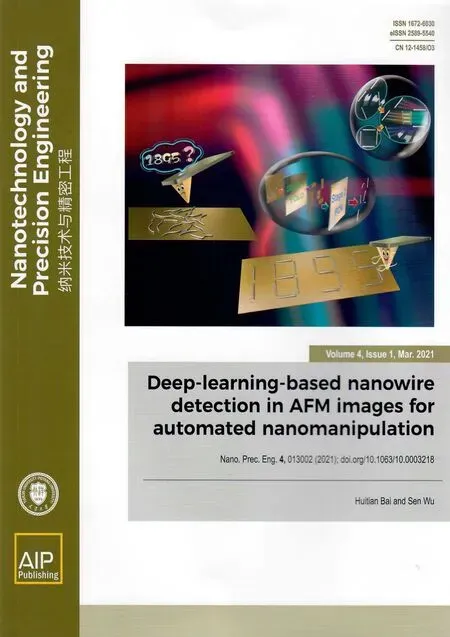Flexible MEMS Sensors and Systems
Submission Deadline: September 30, 2021
Flexible electronics have advantages over their conventional rigid counterparts, with regards to weight, volume, portability and, most importantly, mechanical flexibility. There are plenty of promising applications, such as flexible display, electronic skin and wearable health care devices.Flexible MEMS sensors play an important role in these systems thanks to many benefits,including small size and high sensitivity. However, most MEMS sensors are inherently rigid.Questions remain around how to realize mechanically flexible MEMS sensors, leverage original advantages and seamlessly integrate these sensors into flexible systems. This special issue will focus on advances in common solutions for these issues, and highlight various new sensors and systems.
The exploration of surfaces, interfaces, nanostructures and thin films using:
● New materials, design, fabrication and integration methodologies for flexible sensors
● Flexible interconnections
● Flexible pressure sensors
● Flexible temperature sensors
● Flexible acoustic sensors
● Flexible strain sensors
● Wearable devices integrating microfluidics/MEMS sensors
● Flexible implantable/interventional devices
● Integrated flexible systems
● Typical applications of flexible MEMS sensors
Guest Editors
Menglun Zhang, Tianjin University, China. Email: zml@tju.edu.cn
Zhuoqing Yang, Shanghai Jiao Tong University, China. Email: yzhuoqing@sjtu.edu.cn
Submission Instructions:
Manuscripts should be no more than 25 pages of A4 paper (including figures and tables). Text should be printed on one side only and be double-spaced. Interested authors are welcome to email their tentative titles and abstracts to nanope@tju.edu.cn. Full electronic manuscripts (MSWord, or PDF file) should be submitted via the NPE online system; please select special issue on ‘Special Issue on Flexible MEMS Sensors and Systems’. All manuscripts must be prepared using the Guide for Authors and will be reviewed by at least two referees.
- 納米技術(shù)與精密工程的其它文章
- From Engineering Science to Precision Engineering and Ultraprecision Production:Fundamentals, Methodologies and Application Case Studies
- Propagation characteristics of photonic crystal fibers selectively filled with ionic liquid
- Deep-learning-based nanowire detection in AFM images for automated nanomanipulation
- A combined virtual impactor and field-effect transistor microsystem for particulate matter separation and detection
- Design of a hexagonal air-coupled capacitive micromachined ultrasonic transducer for air parametric array
- On-site low-power sensing nodes for distributed monitoring of heavy metal ions in water

